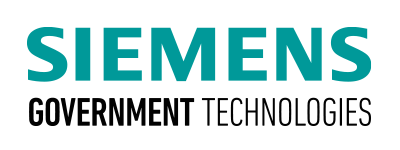Invest, integrate, innovate
The modernization of the OIB requires investment in integrated, flexible, and long-term digital solutions that can adapt to an unpredictable military and geopolitical future with speed, accuracy, and innovation. The DoD needs to develop and deploy a comprehensive OIB digital transformation strategy that is based on an open architecture framework that allows the integration of multiple systems, tools, and types of data. There must be an understanding that each OIB facility is different in its mission, assets, and workforce.
The OIB’s modernization is not a “one-size-fits-all” policy or an “out-of-the-box” implementation. Rather, it must be based on a common platform in which everyone—leaders, warfighters, engineers, analysts, procurement officials, and maintenance crews—can access critical information, operate efficiently, and seamlessly collaborate. Specifically, the cloud is the foundation for this entire modernization effort. By leveraging cloud open architecture and using a comprehensive “platform-centric approach”, the DoD can support current unit readiness, maintain the ability to surge, and modernize for the next generation.
